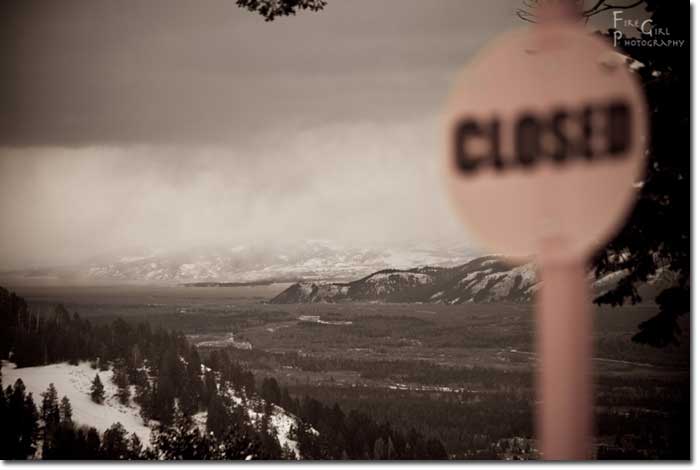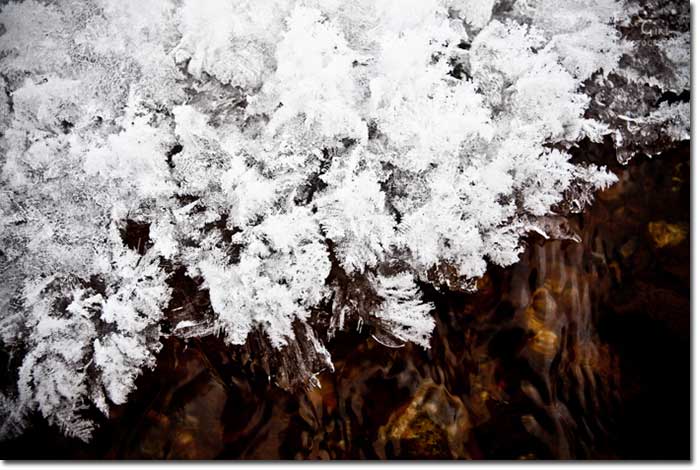
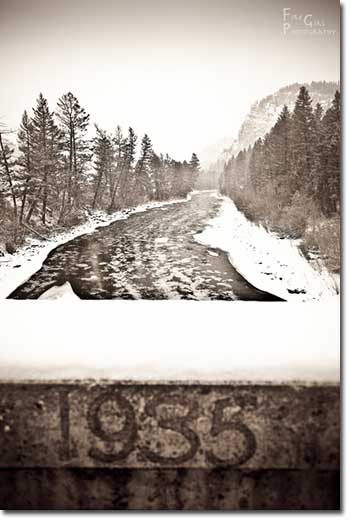 Suddenly it’s mid-October.
Suddenly it’s mid-October.
The first skiff of snow is in the forecast for tonight, I packed away the flip-flops and pulled out the boots, and recently bought my first-ever season ski pass. (I am bound and determined it is not going to be a photo-dry winter.)
More important than the wardrobe change, however, is what fluxes in the photography bag.
I went on a morning hike yesterday in heavy rain, the conditions too wet to responsibly bring the real camera along, and played photography hack with my dying iPhone 4. I got deliriously, wonderfully wet and enjoyed the hell out of it—nothing quite like tromping through the woods in the rain. It’s the best thing for the soul. (And I later went back and did the same damn hike again, this time with the camera in a dry bag. Let’s deem that first round location scouting.)
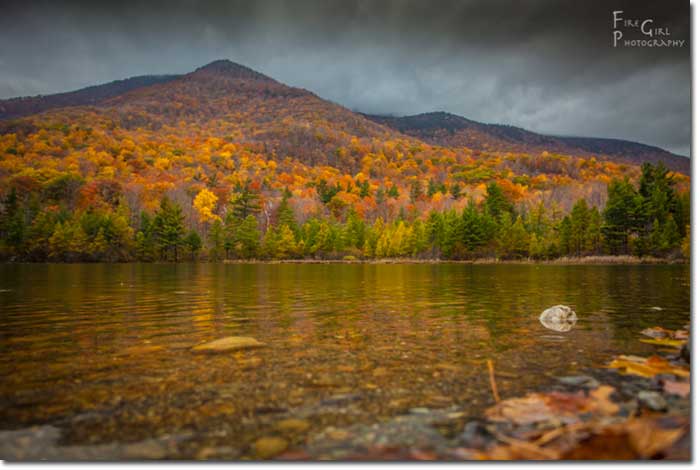
While the basics of the camera gear remain the same—body, lenses, filters, spare memory cards—the rest of the kit does flux somewhat. Here’s what changes:
Camera Bags. In the summer bags will flux regularly; a dry bag for days I’m on the river, backpack for hiking, shoulder bag for everyday carry and most assignments. In the winter I can worry a bit less about rain and a bit more about packing in the gear I need for adventures in the woods. My LowePro backpack tends to be the bag of choice—sturdy chest and hip straps ensure it doesn’t effect movement too much whether I’m on the ski hill, showshoeing, or riding snowmobiles with ski patrol. This particular pack has been through all manner of adventures, and is finally organized internally for maximum efficiency and balance (or so I like to pretend).
Buffs. I always carry a Buff or two in the kit as a a drizzle cover, dust cover, cleaning cloth… the list goes on and on. I think my camera end up wearing Buffs more than I do. In the winter, I throw an extra in the bag in case I get caught in wet show and need to cover a lens, or have snow accumulation on equipment.
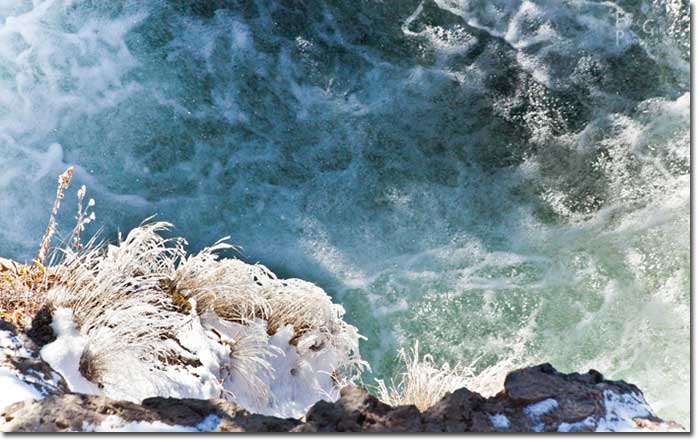
Batteries. I always carry a spare camera battery, but for cold-weather shooting I’ll take extra care to ensure it’s kept somewhere warm; i.e. close to my body. That little battery rides under my base layers so the cold doesn’t drain the juice before it can get to work.
Glove liners. If I’m not wearing them under my heavier gloves, they’re bouncing around in the bag. I have yet to find a pair of thick, burly gloves that still allow camera-dialing dexterity. In sub-zero conditions, a thin wool liner at least provides some protection, and I can slip into my heavier gloves during long exposures or location changes.
The Magic Plastic Baggie. Condensation is every photographer’s enemy, and going from warm to frigid temperatures—or vice-versa—nearly ensures there will be some wetness on (and in) your gear. I keep several gallon-size Ziplock bags in my kit, and in my car, to help with the temperature change. Sealing gear in a ziplock filled with air of the current temperature will help ensure a slower temperature change, and therefore help mitigate condensation.
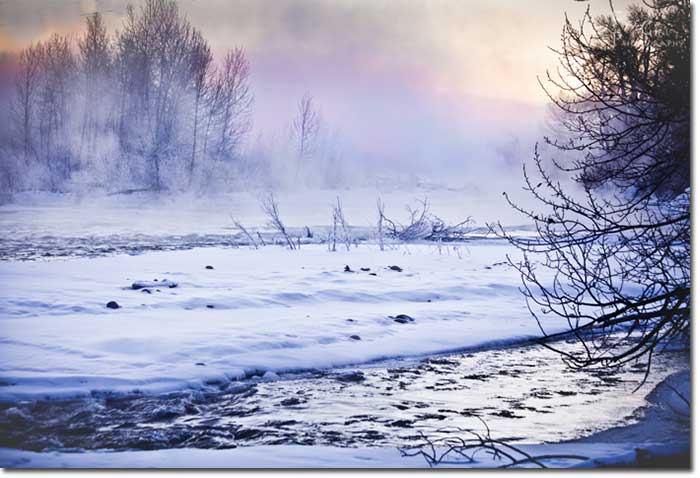
Survival Kit. Apparently I have a rare talent to cut myself in very cold temperatures. The upside is the skin is too cold to feel the cut. The downside is I get blood on the camera and people look at me funny when I emerge from the woods. A mini first aid kit is always in the bag, regardless of season, and in the winter I add in some high-energy food such as a few Clif bars or peanut butter packets. A space blanket joins in if I’m going far off the beaten path, and a Leatherman / SOG multitool always joins the trip.
Winter always brings its own set of photography challenges, but if you’re willing to bundle up and get it done, it can be one of the most rewarding times behind the lens. I’ve spend some pretty damn cold evenings out trying to capture winter sunsets (there was that one time in a Gallatin Valley ditch…). There’s nothing like coming inside to defrost and knowing there is something promising on the memory card.
And, yeah, keeping a thermos of something hot close at hand helps those cold hours outside pass a bit more easily.
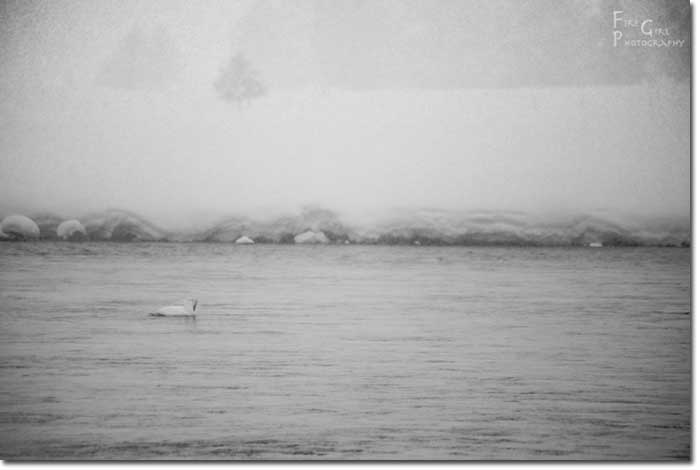
Wintertime photography means a change of eye. It’s a move to the monotone, a move to more shape and contrast—something often difficult to accomplish in a sea of fluffy white. It can be a good time to slow down, perfect technique, and get ready for the busy summer season. Cold, grey, dreary landscapes demand creativity. Getting out at dusk and dawn can create colorful images if the clouds play along and carry a bit of sunlight. If not, the low light can take on a fairy-tale kind of menace.
Let your imagination run wild, and take advantage of the monotone qualities of the dark season. It’s only when we’re challenged behind the lens that the really great work comes together.
I just spent a rainy Saturday tromping through the woods; meandering through piles of wet leaves, a startling reminder of the change of season. Winter is coming, as they say. I have a few tropical photo trips coming up in the next month, so won’t be making the full cold-weather transition yet, but am kind of looking forward to some whiteout days in the hills.
